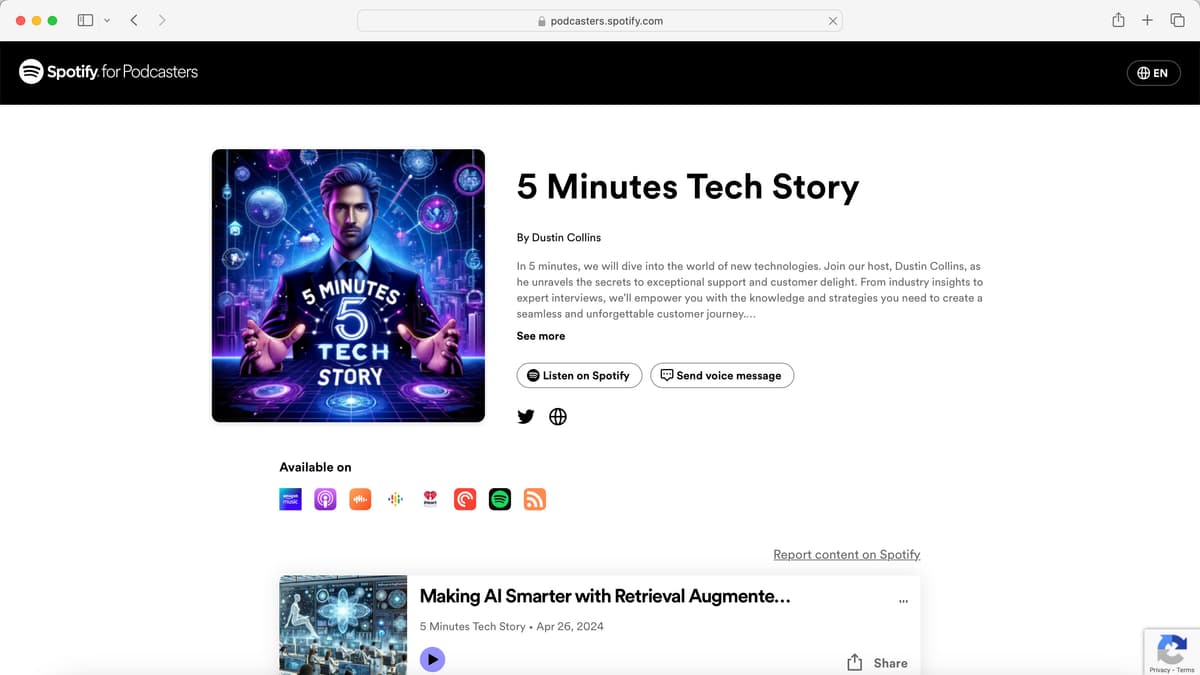Guerrilla Marketing: Unconventional Strategies for Maximum Impact
In a competitive marketing landscape, businesses need fresh ways to capture attention. Traditional advertising can be costly and less effective. Guerrilla marketing provides an innovative approach that emphasizes creativity, surprise, and unconventional tactics to resonate with consumers. This article explores guerrilla marketing and highlights a few successful examples.
Definition and Characteristics
Guerrilla marketing is an advertising strategy designed to create memorable and unconventional experiences for consumers. It focuses on low-cost, high-impact methods that often surprise the audience, generating intrigue and word-of-mouth buzz. Unlike traditional marketing, guerrilla marketing targets specific audiences in unexpected ways.
Example 1: Coca-Cola's Happiness Machine
A notable case of guerrilla marketing is Coca-Cola's "Happiness Machine" campaign. Coca-Cola placed special vending machines in public areas that dispensed drinks alongside unexpected surprises such as bouquets of flowers, pizzas, and a 6-foot-long sandwich. Hidden cameras captured the reactions of unsuspecting passersby, creating a heartwarming and shareable experience. This campaign generated significant online interest and showcased how a simple vending machine became a powerful marketing tool.
Example 2: The ALS Ice Bucket Challenge
The ALS Ice Bucket Challenge serves as another famous guerrilla marketing campaign. This viral initiative involved people pouring buckets of ice water over themselves to raise awareness and funds for amyotrophic lateral sclerosis (ALS). Its success stemmed from its simplicity and the ability of social media to amplify the message. The challenge became a global phenomenon, raising millions of dollars for ALS research while engaging individuals in a fun and impactful way.
Key Elements of Guerrilla Marketing
Successful guerrilla marketing campaigns typically share several key characteristics:
-
Creativity: Guerrilla marketing hinges on unique thinking and imaginative executions. It aims to surprise and engage the audience through innovative means.
-
Strategic Placement: Selecting the right location for a campaign is essential. High foot traffic areas or locations frequented by the target audience are ideal.
-
Unpredictability: Effective guerrilla marketing campaigns catch people off guard, eliciting emotional responses and creating memorable experiences.
-
Viral Potential: Guerrilla marketing often harnesses social media and online platforms. Creating shareable content allows campaigns to quickly reach a broader audience and generate buzz.
Guerrilla marketing challenges traditional advertising methods and delivers memorable experiences. Its unconventional strategies and ability to create buzz make it appealing for businesses wanting to stand out. By leveraging creativity, strategically targeting audiences, and embracing surprise, marketers can achieve maximum impact with minimal resources. Consider incorporating guerrilla marketing tactics into your next campaign.












